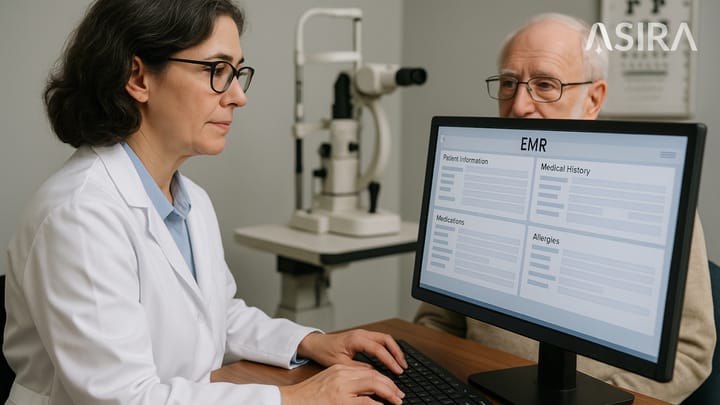Decoding the TFOS Lifestyle Report: Impact of the Digital Environment on Ocular Surface Health
The Tear Film & Ocular Surface Society (TFOS) conducted a comprehensive workshop to examine the impacts of the digital environment on ocular health, particularly focusing on the ocular surface.

Introduction
In our increasingly digital world, the pervasive use of screens has become an integral part of daily life. From computers and smartphones to tablets and e-readers, digital devices are now indispensable tools for work, communication, and entertainment. However, this ubiquitous presence of screens has led to a rise in digital eye strain, a condition characterized by discomfort and vision problems related to prolonged screen use. The Tear Film & Ocular Surface Society (TFOS) conducted a comprehensive workshop to examine the impacts of the digital environment on ocular health, particularly focusing on the ocular surface.
Understanding Digital Eye Strain
Digital eye strain, also known as computer vision syndrome, is defined as the development or exacerbation of ocular symptoms specifically related to digital device screen viewing. Symptoms include ocular tiredness, blurred vision, soreness, dryness, and light sensitivity. Non-ocular symptoms such as headaches and neck/shoulder pain may also be associated but are beyond the eye-specific scope of this report.
The prevalence of digital eye strain is significant, with reports suggesting it affects up to 97% of individuals who use digital devices extensively. The mechanisms contributing to this condition include reduced blink rate and completeness, uncorrected refractive errors, and cognitive demands related to screen tasks. The differences in screen characteristics—such as position, size, brightness, and glare—compared to non-digital tasks further exacerbate these symptoms.
Display Technologies and Their Effects
Cathode Ray Tube (CRT) Displays
Early display technologies like CRTs were associated with significant ergonomic and visual issues. Despite advancements to address glare, reflections, and flicker, CRTs had limitations related to size, weight, and energy efficiency, prompting the development of alternative technologies.
Liquid Crystal Displays (LCDs) and Organic Light Emitting Diodes (OLEDs)
LCDs introduced a significant shift with their compact, power-efficient designs. The introduction of backlight technologies, particularly LEDs, further improved display quality and energy efficiency. OLEDs offer superior color accuracy, contrast, and flexibility, although they are not without drawbacks, such as potential screen burn-in and higher power consumption.
Electronic Paper (E-Paper) Displays
E-paper displays, used in e-readers, mimic the appearance of ink on paper and are easier on the eyes compared to traditional backlit screens. They are particularly beneficial in reducing digital eye strain due to their reflective properties, which reduce glare and do not emit light directly into the eyes.
Factors Influencing Digital Eye Strain
Blink Rate and Completeness
Digital tasks are known to reduce blink rates and increase the frequency of incomplete blinks, leading to tear film instability and dry eye symptoms. Studies show a significant decrease in blink rate when using digital screens compared to non-digital tasks, which exacerbates ocular surface issues.
Screen Characteristics
Screen size, position, and resolution significantly impact visual comfort. Larger screens and higher resolutions can reduce the need for excessive eye or neck movements, improving ergonomics and reducing strain. However, high-resolution screens require more graphical processing power and energy.
Blue Light Emission
Concerns have been raised about blue light emission from digital displays. While high-intensity blue light can damage the retina, the lower intensity emitted by screens is not sufficient to cause phototoxicity. However, blue light can suppress melatonin production, affecting sleep patterns. Strategies like blue light filters and night mode settings aim to mitigate these effects, though their effectiveness varies.
Interventions and Management Strategies
Optimizing the Work Environment
Simple changes in the work environment, such as improving screen positioning, reducing glare, and encouraging regular breaks, can significantly alleviate digital eye strain symptoms. Ergonomic adjustments and ensuring proper lighting can also play a crucial role.
Blinking and Tear Film Management
Improving blink rate and completeness through conscious effort and using artificial tears or lubricating eye drops can help maintain tear film stability. More extensive clinical trials are needed to evaluate the effectiveness of these interventions.
Nutritional Supplementation
Supplementing the diet with omega-3 fatty acids and berry extracts shows promise in reducing digital eye strain symptoms. These supplements may improve ocular surface health and tear film stability.
Blue Light Blocking Interventions
Despite widespread use, current evidence suggests that blue light blocking interventions are not particularly effective in managing digital eye strain. Further research is necessary to develop more effective solutions.
Conclusion
As digital devices become more ingrained in daily life, understanding and mitigating the impacts of digital eye strain is crucial. The TFOS workshop provides a comprehensive overview of the mechanisms, prevalence, and potential interventions for digital eye strain, highlighting the need for ongoing research and evidence-based strategies to improve ocular health in our digital age.
References
- Wolffsohn, J. S., Lingham, G., Downie, L. E., Huntjens, B., Inomata, T., Jivraj, S., Kobia-Acquah, E., Muntz, A., Mohamed-Noriega, K., Plainis, S., Read, M., Sayegh, R. R., Singh, S., Utheim, T. P., & Craig, J. P. (2023). TFOS Lifestyle: Impact of the digital environment on the ocular surface. The Ocular Surface, 28, 213–252. https://doi.org/10.1016/j.jtos.2023.04.004
- American Optometric Association. (2023). Computer Vision Syndrome. Retrieved from https://www.aoa.org/healthy-eyes/eye-and-vision-conditions/computer-vision-syndrome
ASIRA is a simple and secure, cloud-based software tool, built BY optometrists FOR optometrists, that helps eye care professionals reduce the time and effort required to maintain clinical records, schedule appointments, generate bills, manage inventory and much more!
To find out more, visit www.asira.health and sign up for a 30-Day FREE TRIAL! If you're a new practice owner or a fresh graduate thinking of entrepreneurship, visit www.asira.health/optompreneur to learn how ASIRA can help reduce your costs and increase revenue.




